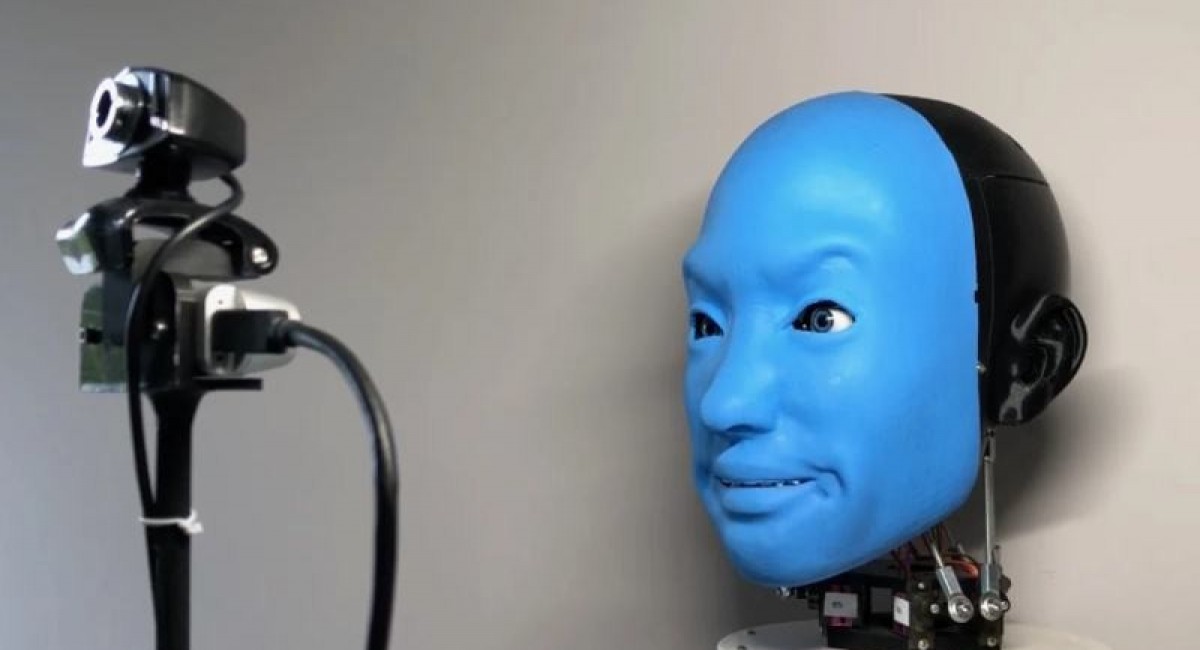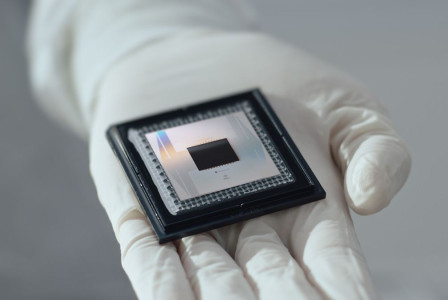SEARCH
Engineers use AI to create a robot that can use facial expressions

SHARE IT
Engineers predict that robots will play a key role in people's daily lives in the future, providing care for children and the elderly and providing labor. However, the engineers noticed that clothes and hats alone weren’t enough to make their presence familiar to humans. So, they came to the conclusion that if robots could express themselves like humans, it would completely reverse the situation.
Engineers at the Creative Machines Lab at Columbia Engineering have been working for almost half a decade to create a robot called EVA. EVA is a new autonomous robot that will be able to respond to humans, forming expressions on its face.
The team designed a system to fit inside the human skull and used 3D printing to build parts with complex shapes that could integrate seamlessly into the machine’s skull. The next phase involved programming the AI to guide the facial expressions. EVA uses the learning AI to detect human expressions and reflect them and learns even more from watching videos of itself.
However, the team acknowledges that EVA is a laboratory experiment and requires a lot of work to be able to mimic all the intricate ways humans communicate.
MORE NEWS FOR YOU

 Help & Support
Help & Support 

